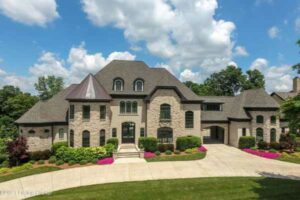Louisville is a remarkable town. It is a crossroads of historical cultures, and its architecture reflects this splendidly. Regardless of whether you own a house or not, a Sunday spent walking the streets of Louisville can be a journey of exploration as you unravel the city’s history through its buildings. Here are four building styles you’ll find in Louisville housing that speak volumes about the evolution of this proud town.
Louisville Housing: The Shotgun
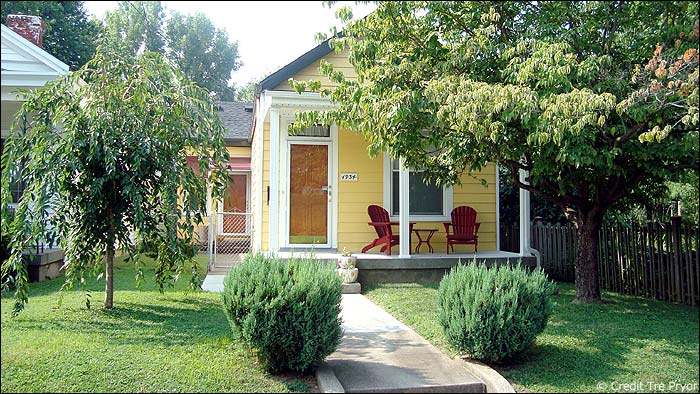
No profile of Louisville’s historic architecture would be complete without a mention of the shotgun shack. Louisville housing includes the largest collection of shotgun shacks in the country. However, New Orleans held the title before Hurricane Katrina devastated the city.
Shotgun shacks (or houses) are long, one-story dwellings that are only one room in width. It is believed that free Haitians were the first people to build shotgun shacks in Louisville just after the civil war. The free Haitians were not allowed or unable to purchase large lots and had to build designs that could fit into thin spaces in the urban areas of the city.
Despite being built out of hardship and necessity, the shotgun shack’s aesthetic is now cherished as a symbol of the American south. If you own one of Louisville’s many historic homes, it might be worth looking at home warranties, flood, or fire insurance, as historical buildings can be rather expensive to repair.
Louisville Housing: The Federal
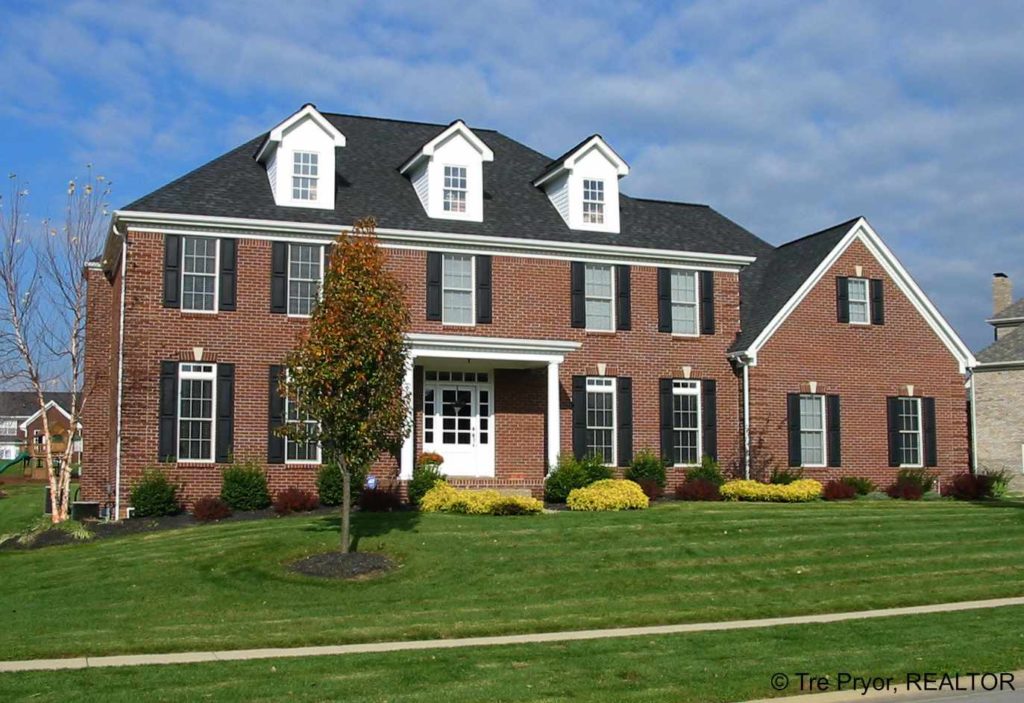
Despite what some might think, there are still quite a few Federal-style houses in Louisville housing today. They represent an important period in the city’s history. In the beginning, Federal houses were built during the birth of the American nation. They were often built without architectural guidance. Instead of being drawn up by the owner of the land and build by local craftsmen.
They feature simple, squared-off facades and design principles influenced by the Ancient Romans. It must have been an exciting time to be building a house, and Americans during the Federal period wanted to establish parallels between their newborn nation and the great Ancients.
Louisville Housing: The Craftsman
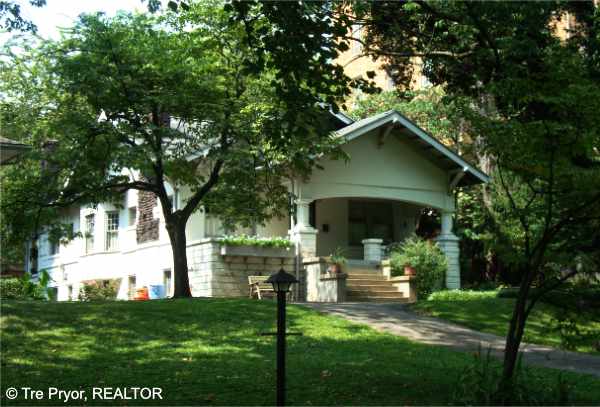
The Bonnycastle neighborhood of Louisville contains a number of these curiously styled bungalows. They are designed with shapely gabled roofs and pillars. It was influenced by the arts and crafts movement that was sweeping design circles in the early 20th Century.
Actually, there are a great many great neighborhoods in Louisville that have Craftsman-style homes in them. You can find older charmers in The Highlands to newer versions in Rock Springs. If you need any help, please contact me!
Louisville Housing: The Second Empire
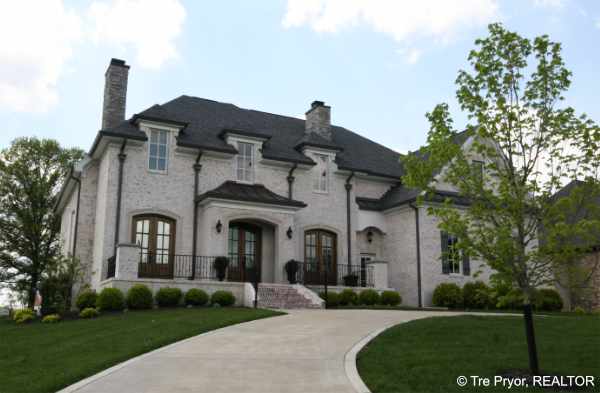
Louisville has some very strong connections with the French. After all, the city is named after the French king who helped to fund the American War of Independence (and who was later executed during the French Revolution), Louis XVI. From the time of its foundation, French settlers have had a big influence on the domestic architecture of the city.
The ‘Second Empire’ style of design came over from France during the 1870s and cuts a distinctive figure on the Louisville skyline. Second Empire style buildings have highly decorated wall brackets and mansard roofs. Mansard roofs are those distinctively oh la la double pitched tiled roofs that you might associate more with Paris than Kentucky. Plenty of Second Empire style homes remain in the city.
There’s even a recent push towards French country in Louisville’s new construction. You can find some high-end luxury homes of this style in Spring Farm Lake.


